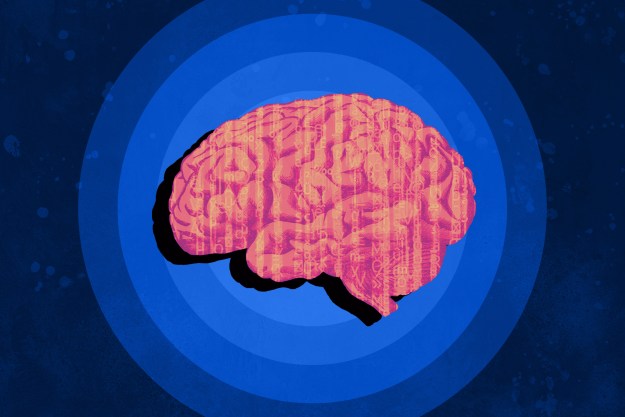A new artificial intelligence system has found an accurate way of distinguishing between images of biological males and females — and all it needs to do is to take a quick look at their smile!
Developed by researchers at the U.K.’s University of Bradford, the system is based on a previously discovered insight that the facial muscles move differently when men and women flash a grin. By incorporating this into an image recognition system, the researchers were able to create an A.I. that is 86 percent accurate in distinguishing between the sexes.
“We have studied extensively how people smile, from video clips and with the help of the computer,” lead researcher Professor Hassan Ugail told Digital Trends. “From such detailed analysis, we are able to confirm that the smile of women and men are distinctly different. For example, females tend to have broader or wider smiles and their smiles tend to last longer.”
The algorithm works by analyzing 49 distinguishing features of the face, such as the way that the mouth, cheeks, and areas surrounding the eyes move when a person smiles. Once developed, it was tested on video footage of 109 people smiling to test efficacy.
“The technology can be used as part of a toolkit for person identification,” Ugail continued. “For example, police might want to identify a person from a blurry CCTV footage where the person in question is physically unrecognizable — say, from the facial features, color or the shape — but the facial emotions, such as the smile, may be somewhat clear. In such cases, knowing the person’s gender would immensely help the police to narrow down their search.”
Potentially far more useful than that is the suggestion that smiles may not just break down into male or female categories, but could actually be a unique biometric identity. If it turns out to be correct that each and every one of us smile slightly differently, it might be incorporated into a future Face ID-style biometrics security system which asks users to flash a quick grin in order to unlock their phone or other mobile device.
A paper describing the work was recently published in the journal The Visual Computer.
Editors' Recommendations
- Are we about to see ‘the iPhone of artificial intelligence’?
- Photoshop AI thinks ‘happiness’ is a smile with rotten teeth
- I used the ChatGPT AI chatbot to do my holiday shopping this year
- Microsoft quits its creepy, emotion-reading A.I.
- Zoom’s A.I. tech to detect emotion during calls upsets critics


